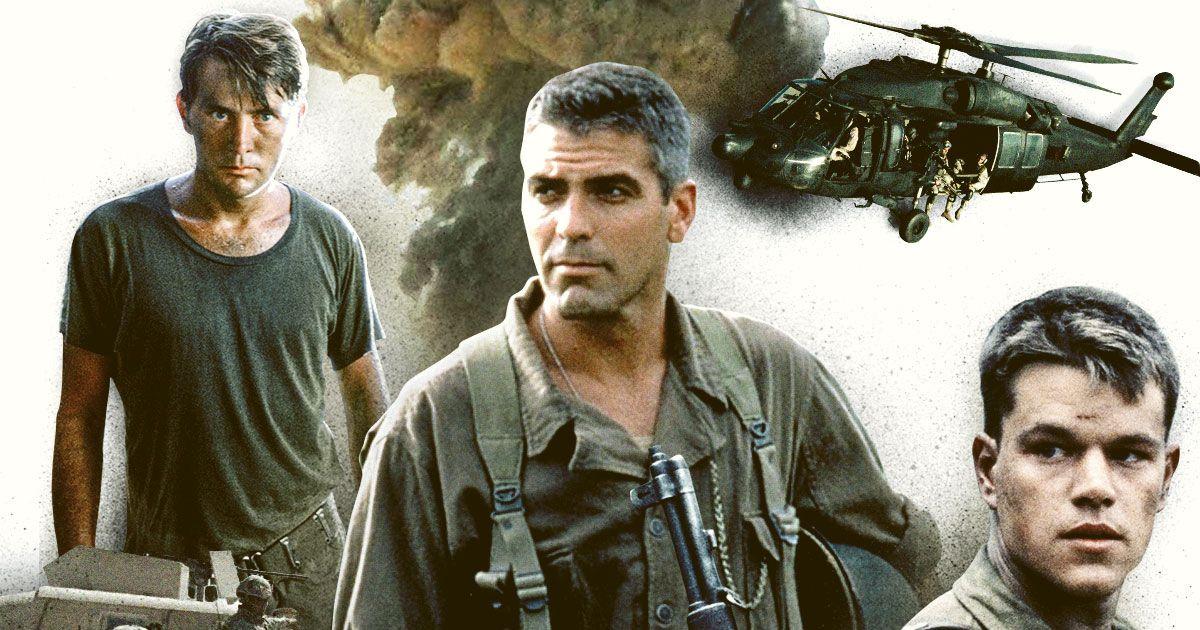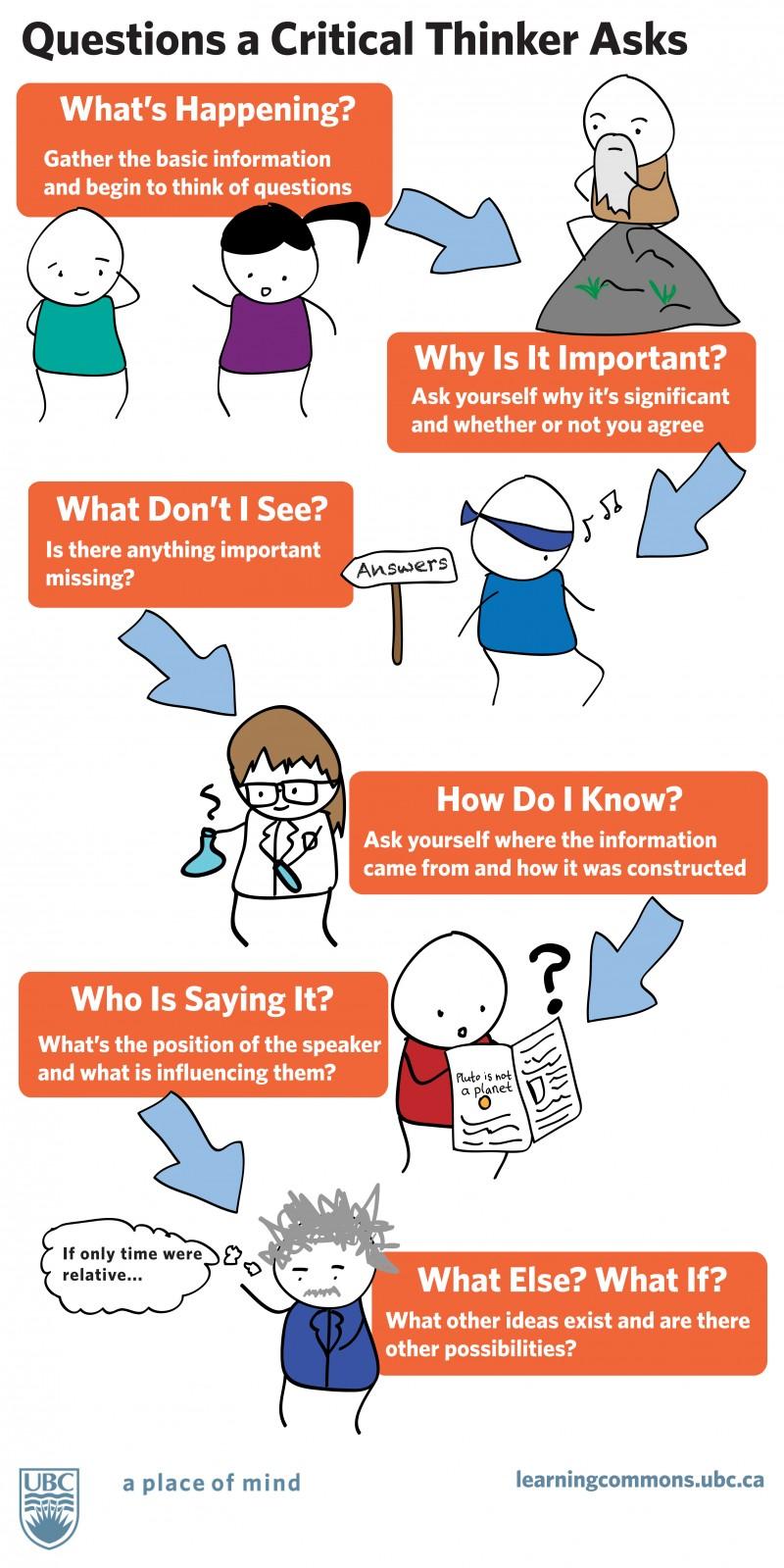War films have long been a staple of cinematic storytelling, capturing the chaos and heroism of battle while offering audiences a visceral glimpse into the realities of global conflict. As a powerful medium that combines visual spectacle with narrative depth, these films possess the unique ability to shape public perception and influence attitudes towards war. While some war films seek to glorify military endeavors and inspire patriotism, others strive to reveal the harrowing consequences of warfare, questioning the morality and necessity of such conflicts. This duality raises critical questions about the role of war films in shaping public opinion: Do they serve as tools of propaganda, subtly reinforcing government agendas, or do they act as catalysts for critical reflection and debate? As global conflicts continue to evolve, understanding the impact of war films on public consciousness becomes increasingly important, prompting an examination of their narratives, underlying messages, and the historical contexts in which they are produced and consumed. This article delves into the complex relationship between war films and public opinion, exploring how cinematic portrayals of conflict have the power to inform, persuade, and even transform societal views on global warfare.
Cinematic Narratives and Their Influence on Perceptions of War
War films have long been a powerful medium through which audiences encounter the complex realities of global conflicts. These cinematic narratives often serve as a lens through which viewers can explore the intricacies of war, ranging from the heroism and sacrifice of soldiers to the ethical dilemmas faced by leaders. However, their influence on public perception is multifaceted. On one hand, they can foster a sense of understanding and empathy by portraying the human element of warfare, highlighting the personal stories behind the headlines. On the other hand, they can also perpetuate stereotypes and glorify violence, potentially skewing public opinion by oversimplifying or dramatizing events.
Key elements that contribute to the shaping of public opinion through war films include:
- Representation of Historical Events: Films can either accurately depict or fictionalize historical events, impacting viewers’ understanding of the actual conflict.
- Character Development: The portrayal of soldiers, civilians, and leaders can influence audiences’ emotional connections and sympathies.
- Visual and Auditory Elements: The use of cinematography and sound design can amplify the intensity of war, affecting how viewers perceive the reality of conflict.
- Narrative Framing: The choice of perspective—whether it be from the victors, the vanquished, or neutral parties—can significantly sway public opinion.
Analyzing Historical Accuracy and Its Impact on Audience Beliefs
In the realm of war films, the accuracy of historical events often plays a crucial role in influencing audience perceptions and beliefs about global conflict. Filmmakers face the delicate task of balancing storytelling with factual representation, and their choices can significantly impact public opinion. When films prioritize dramatic effect over factual precision, they risk perpetuating myths or oversimplified narratives, which can lead to misconceptions about the causes, progress, and consequences of wars.
- Selective portrayal of events: By choosing which events to highlight, filmmakers can shape the narrative, potentially leading audiences to view certain conflicts as justified or necessary.
- Characterization of historical figures: Films often depict leaders and key figures in ways that align with the film’s narrative, influencing how audiences perceive their roles and decisions in the conflict.
- Omission of perspectives: The exclusion of certain viewpoints can create a skewed understanding of the conflict, often marginalizing voices that are crucial for a holistic understanding.
Ultimately, the historical accuracy of war films serves as a lens through which audiences interpret real-world conflicts, emphasizing the responsibility of filmmakers to approach such narratives with integrity and depth.

The Ethical Responsibility of Filmmakers in Portraying Conflict
Filmmakers hold a significant ethical responsibility when depicting conflicts, as their portrayals can deeply influence public perception and understanding. War films are not merely entertainment; they are powerful tools that can shape narratives, reinforce stereotypes, or promote empathy and awareness. The delicate balance between storytelling and truth is critical, as inaccuracies or biased perspectives can skew viewers’ understanding of complex geopolitical issues. It is imperative that filmmakers engage in thorough research and present a balanced view that respects the dignity and experiences of those affected by conflict.
- Authenticity: Strive for accuracy in depicting historical events and cultural contexts.
- Sensitivity: Be mindful of the portrayal of trauma and the human cost of conflict.
- Diverse Perspectives: Include voices and stories from various sides of the conflict to provide a more comprehensive view.
- Avoid Glorification: Refrain from glamorizing war and violence, focusing instead on the human stories and consequences.
By adhering to these principles, filmmakers can contribute positively to public discourse, fostering a more nuanced and informed understanding of global conflicts. The ethical responsibility of filmmakers is not just to entertain but to enlighten, challenge, and inspire critical thinking about the realities of war and peace.

Strategies for Encouraging Critical Viewing of War Films
In fostering a more nuanced understanding of war films, it is essential to cultivate an environment where viewers can critically engage with the content. Encouraging discussions around the historical accuracy of these films is a crucial step. Viewers should be prompted to ask questions such as: How accurately does this film portray the events it depicts? and What are the sources of the filmmaker’s information? This can lead to a deeper exploration of the complex realities of war and its representation in media.
- Facilitate post-viewing discussions that explore different perspectives depicted in the film.
- Encourage the exploration of diverse narratives, including those from non-Western perspectives, to provide a more comprehensive view of global conflicts.
- Highlight the artistic choices made by filmmakers and how these choices influence audience perception.
Moreover, providing contextual background before viewing can help audiences discern between dramatization and reality. Offering resources such as articles, documentaries, or expert talks can equip viewers with a critical lens to analyze the film’s content. Promoting media literacy as a tool to dissect the implicit messages and biases in war films can empower viewers to form independent, informed opinions about global conflicts.
